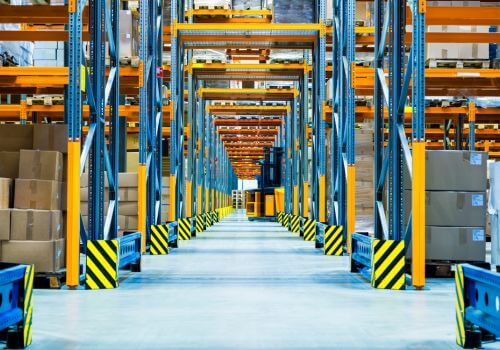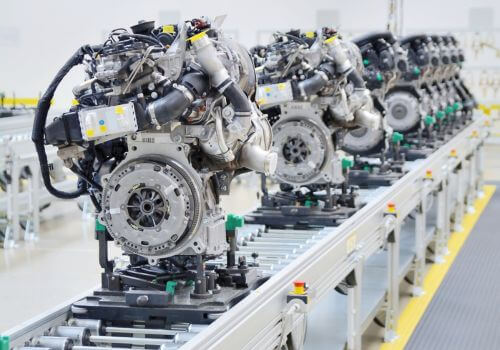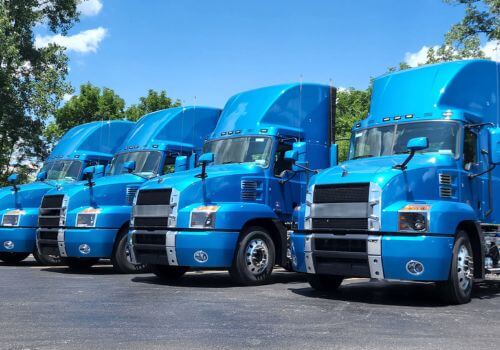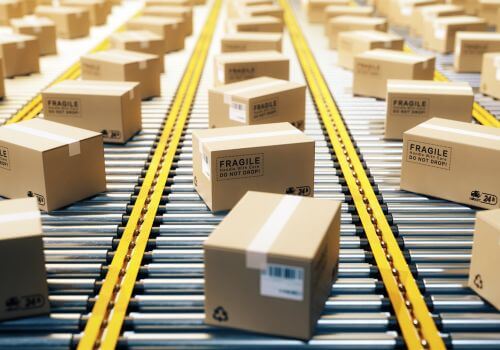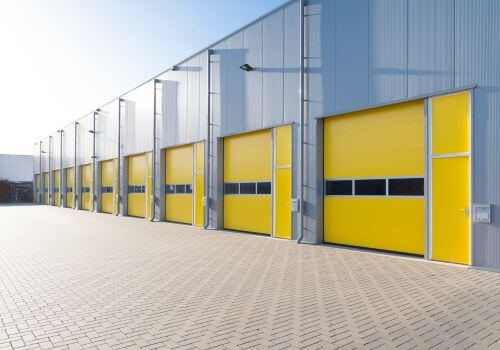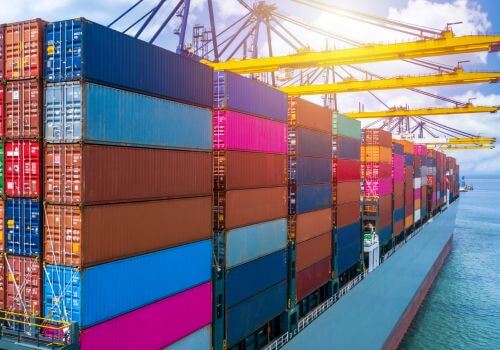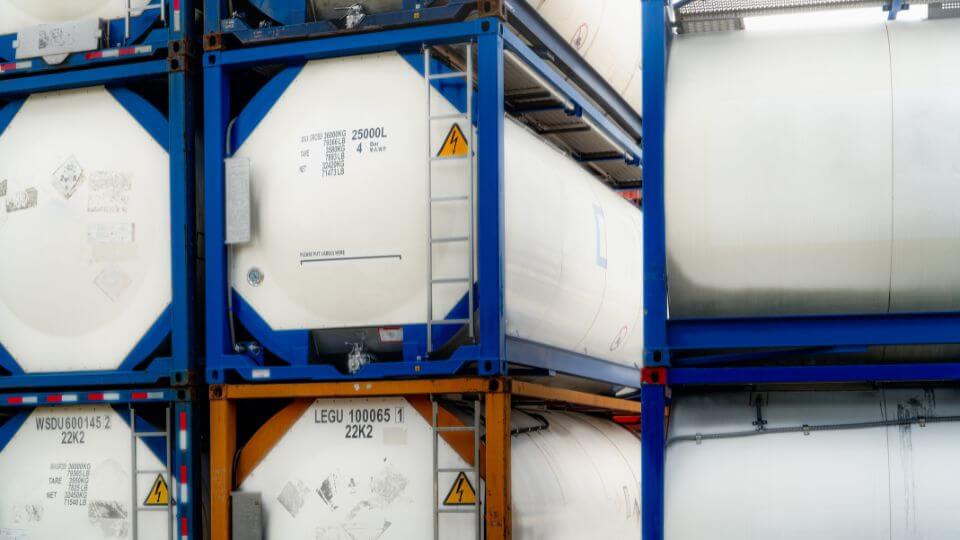Table of Contents
In the dynamic world of supply chain management, outsourcing warehousing and distribution to a third-party logistics (3PL) provider has become a strategic choice for many businesses. This approach offers flexibility, scalability, and expertise, allowing companies to focus on their core competencies while leaving the complexities of warehousing and distribution to the experts. However, when it comes to the cost of 3PL warehousing services in 2023, various factors come into play. Understanding these factors can help businesses make informed decisions and optimize their logistics expenses. In this article, we’ll delve into the top 10 factors that determine the cost of 3PL warehousing services in 2023.
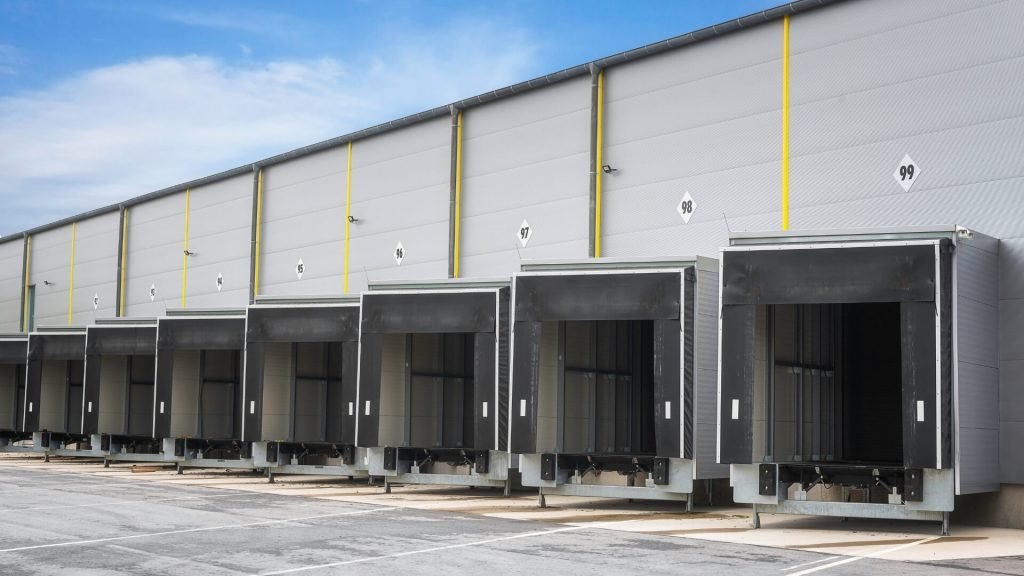

1.
Location of Warehousing Facility
The geographic location of your chosen 3PL warehousing facility plays a pivotal role in determining costs. Facilities situated in major metropolitan areas or regions with high demand for logistics services generally come with a higher price tag. This is primarily due to increased operating expenses, such as labor, real estate, and utilities. The cost of living and labor rates in these areas can be significantly higher, contributing to elevated warehousing fees. On the other hand, warehousing in less congested or rural areas may offer cost advantages, as operational costs tend to be lower. Businesses must weigh the convenience of proximity to major markets against the potential cost savings of more remote locations.
2.
Warehouse Size and Capacity
The size and capacity of the warehouse you require are central cost determinants. A larger warehouse with greater storage capacity will naturally incur higher expenses. This is because larger facilities necessitate more extensive infrastructure, including storage racks, equipment, and maintenance. However, choosing the right-sized facility is crucial for cost control. An oversized warehouse may lead to unnecessary expenses, while an undersized one could result in inefficiencies and constraints on your operations.
3.
Handling and Storage Requirements
Specific handling and storage requirements are critical factors influencing costs. If your products require specialized conditions, such as temperature-controlled environments or secure hazardous materials storage, you can expect higher costs. These specialized facilities demand advanced infrastructure, compliance with regulatory standards, and additional safety measures. 3PL providers charge premiums for such tailored services to cover these added expenses.
4.
Inventory Volume
The volume of inventory you need to store and manage directly impacts costs. Generally, higher inventory levels lead to increased storage fees. To optimize cost efficiency, businesses must strike a balance between maintaining adequate inventory levels to meet customer demand and avoiding excessive stockpiling. Effective inventory management practices can help reduce storage expenses by ensuring optimal inventory turnover rates.
5.
Service Level Agreements (SLAs)
The complexity of the service level agreements (SLAs) you require from your 3PL provider can significantly affect costs. SLAs that demand faster order processing, more precise inventory management, or additional value-added services such as kitting and packaging can lead to higher service charges. It’s essential to align your SLAs with your business objectives while keeping an eye on the associated cost implications.
6.
Technology and Automation
The level of technology and automation employed by your 3PL provider can influence costs. Providers equipped with advanced warehouse management systems (WMS), automation solutions, and real-time tracking capabilities may charge higher fees. However, these technologies can also deliver substantial benefits in terms of efficiency, accuracy, and cost-effectiveness. They can reduce labor costs, enhance order accuracy, and streamline operations, ultimately offsetting the initial investment.
7.
Transportation and Distribution Services
If your 3PL provider offers transportation and distribution services in addition to warehousing, bundling these services can offer cost advantages. However, the scale and complexity of your distribution needs will play a crucial role in pricing. More extensive distribution networks, expedited shipping options, and specialized transportation requirements may incur additional expenses. Evaluating the scope of your distribution needs and assessing the potential for cost savings through bundling is essential.
8.
Seasonal and Peak Demand
Seasonal fluctuations or periods of peak demand can have a significant impact on warehousing costs. 3PL providers often adjust their pricing models to accommodate increased demand during peak seasons, such as the holiday shopping season. These adjustments may involve higher storage fees or surcharges for expedited order processing. Businesses must carefully plan and forecast their inventory and logistics needs to anticipate and manage these seasonal cost fluctuations effectively.
9.
Customization and Flexibility
The degree of customization and flexibility you require in your warehousing services can influence costs. Tailored solutions that align precisely with your unique business needs may come at a premium. Customized services can include specialized packaging, labeling, inventory tracking, and handling processes. The more tailored your requirements, the more likely it is that costs will reflect the extent of these specialized services. Balancing customization with cost-efficiency is essential for optimizing your warehousing expenses.
10.
Market Competition
The competitive landscape within your industry and region can impact pricing for 3PL warehousing services. In highly competitive markets, 3PL providers may offer more competitive rates to secure your business. Conversely, in less competitive environments, pricing may be less negotiable. Understanding the competitive dynamics in your industry and leveraging this knowledge during contract negotiations can help you secure favorable pricing terms and maximize cost savings.
Conclusion
The competitive landscape within your industry and region can impact pricing. In highly competitive markets, 3PL providers may offer competitive rates to secure your business, while in less competitive environments, pricing may be less negotiable.
In conclusion, the cost of 3PL warehousing services is influenced by a myriad of factors. To optimize these costs, businesses must carefully evaluate their specific needs, negotiate favorable terms, and partner with 3PL providers that align with their goals and objectives. By understanding the interplay of these factors, businesses can make informed decisions that contribute to their overall supply chain efficiency and competitiveness in the evolving logistics landscape of 2023.

